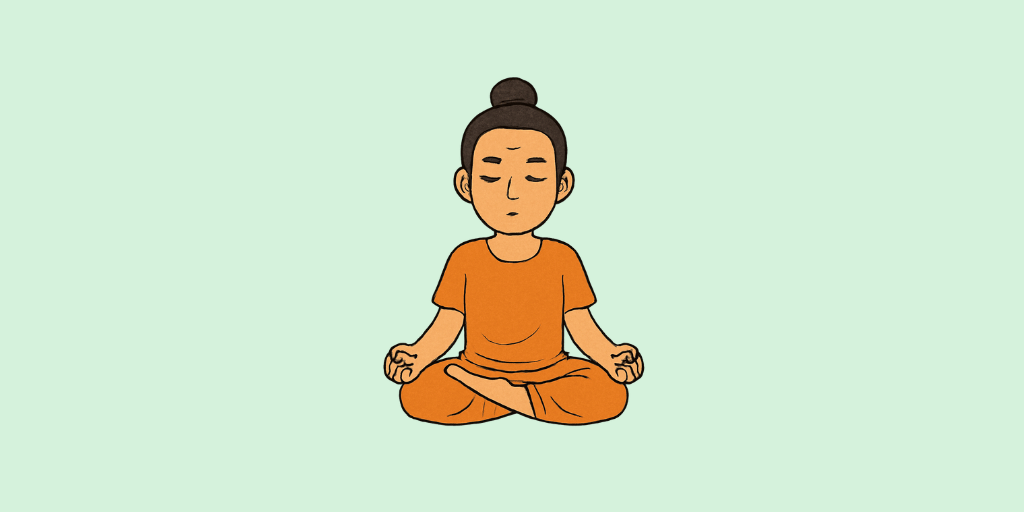Sanskrit Name: कुम्भक
English Name: Kumbhaka
Description:
The Sanskrit word Kumbhak comes from “Kumbha”, meaning “pot” or “vessel,” symbolizing the lungs as a container for prana (life force). In Pranayama (yogic breath control), Kumbhak refers to breath retention, where air is consciously held after inhalation (Antar Kumbhak) or after exhalation (Bahya Kumbhak). This practice is essential for mastering breath control, increasing lung capacity, and deepening the connection between body and mind.
Kumbhak plays a significant role in regulating pranic energy, promoting mental focus, and enhancing respiratory efficiency. Holding the breath mindfully helps improve oxygen absorption, detoxify the body, and strengthen the diaphragm. It also calms the nervous system, reduces anxiety, and prepares the mind for meditation. In Patanjali’s Yoga Sutras, Kumbhak is regarded as an advanced practice that leads to greater self-awareness and inner stillness.
Benefits:
In modern applications, Kumbhak is used in breathwork techniques for stress relief, improved endurance, and better concentration. Whether practiced in Nadi Shodhana, Bhastrika, or Ujjayi breathing, it enhances self-discipline and vitality. By incorporating Kumbhak into daily life, one can cultivate mental clarity, emotional stability, and overall well-being, leading to a more balanced and harmonious state of existence.
Medical Conditions(Relief):
- Anxiety and Stress: Kumbhak may aid in reducing anxiety levels and stress by promoting relaxation and calming the mind.
- Respiratory Issues: It can enhance lung capacity and improve respiratory function, potentially benefiting those with asthma or other breathing disorders.
- Hypertension: Regular practice may assist in lowering blood pressure by encouraging a state of calm and relaxation.
- Digestive Problems: Kumbhak can stimulate the digestive system, which may help alleviate issues like bloating or constipation.
- Mental Clarity: This practice may enhance focus and mental clarity, making it useful for individuals experiencing cognitive fatigue.
- Sleep Disorders: Engaging in Kumbhak can promote better sleep quality by reducing stress and inducing relaxation.
Each of these conditions can potentially be improved through the incorporation of Kumbhak into a regular wellness routine.
Medical conditions(Avoid):
- Respiratory Disorders: Individuals with asthma, chronic obstructive pulmonary disease (COPD), or other severe respiratory issues may find that breath retention exacerbates their symptoms.
- Cardiovascular Issues: Those with heart conditions, hypertension, or arrhythmias should avoid Kumbhak as it can increase blood pressure and strain the heart.
- Epilepsy: People with epilepsy may be at risk of triggering seizures during breath retention practices.
- Anxiety Disorders: Individuals with anxiety or panic disorders might experience heightened anxiety or panic attacks when practicing breath retention.
- Recent Surgery: Post-operative patients, especially those who have had chest or abdominal surgery, should avoid Kumbhak until fully healed.
Always consult a healthcare professional before starting any new practice, especially if there are existing health concerns.

